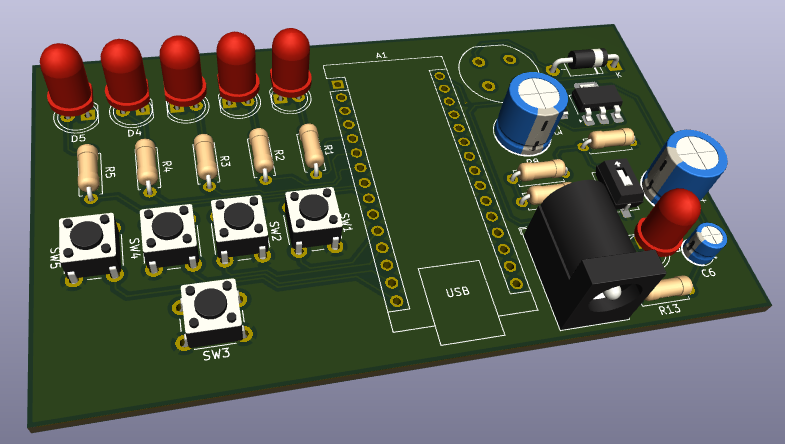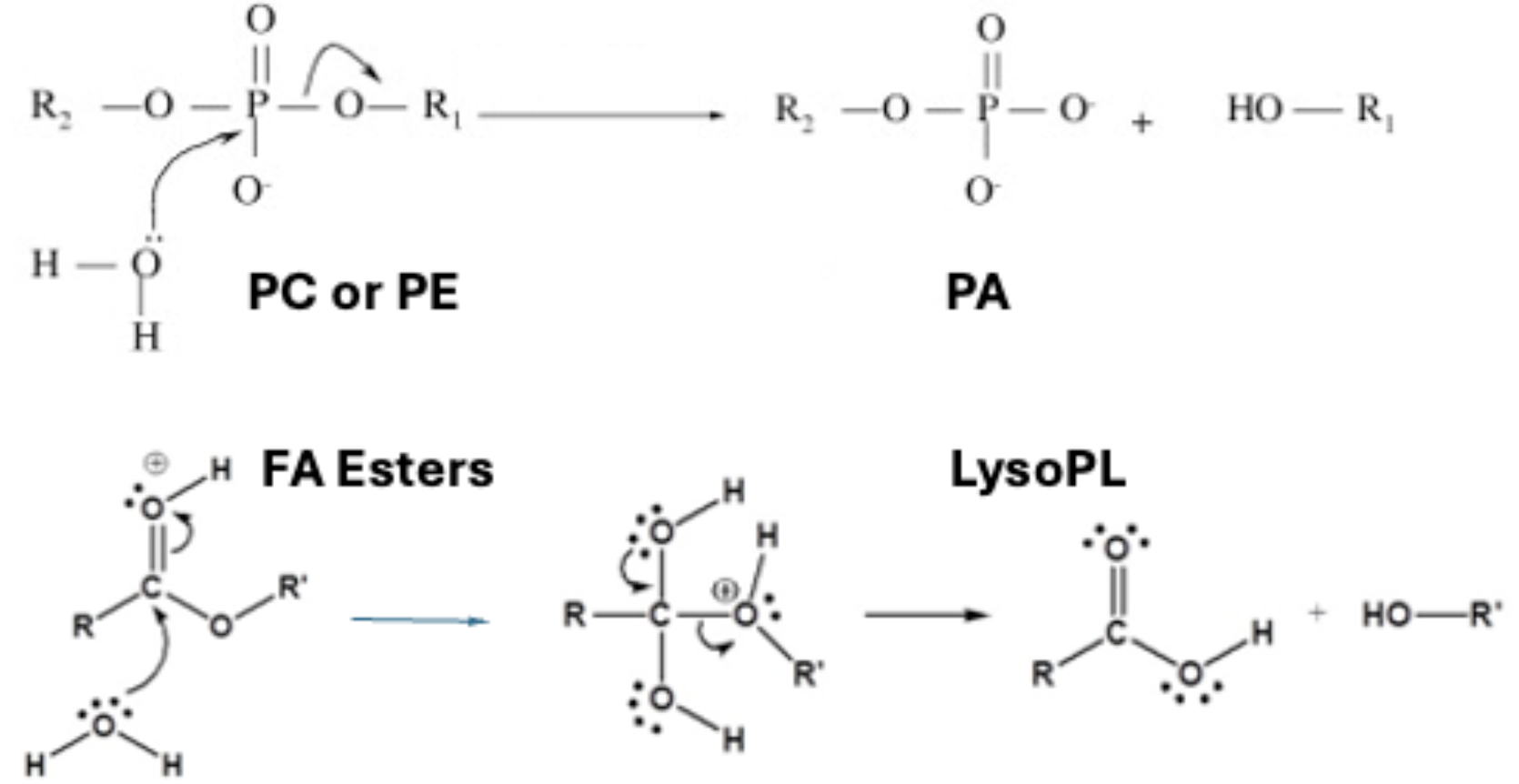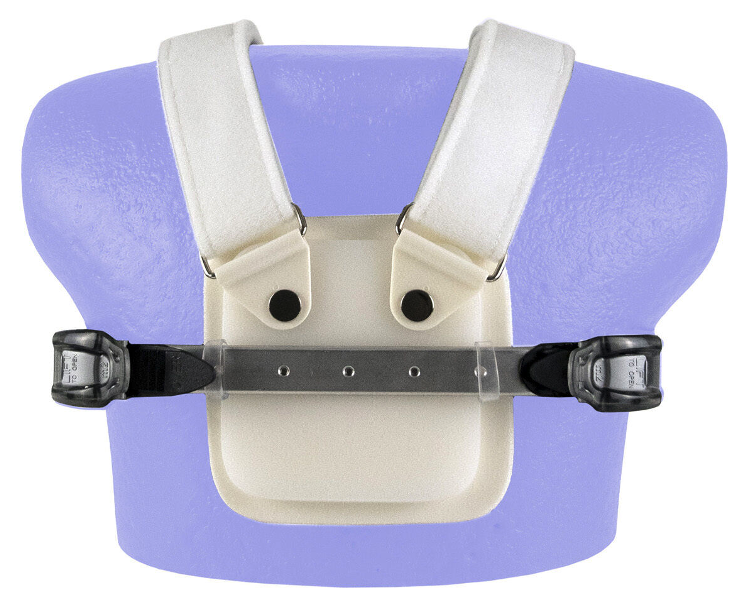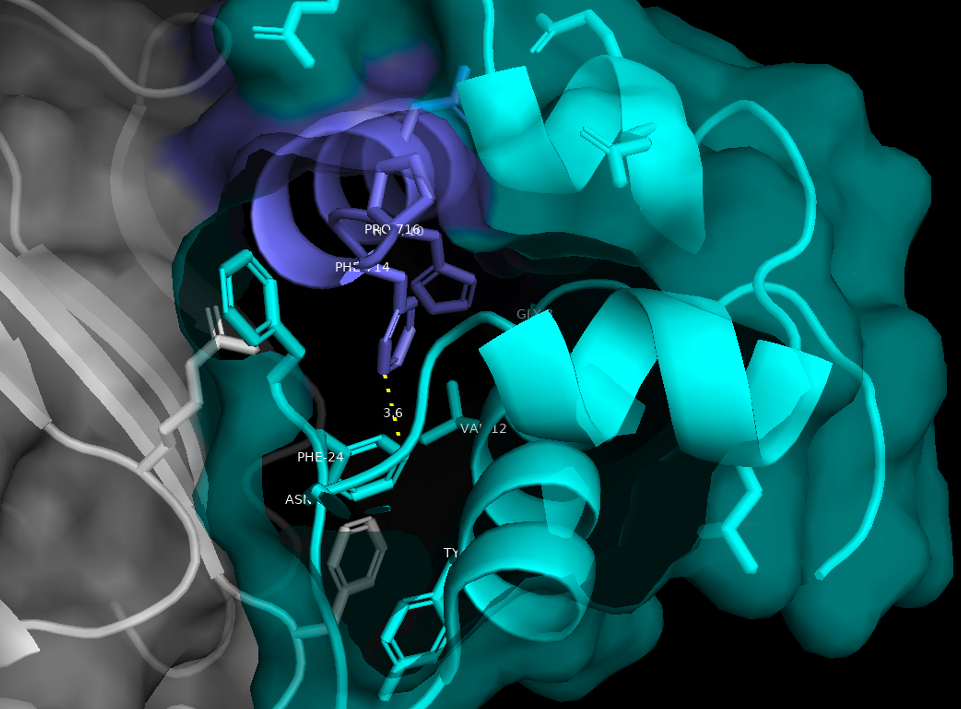Work
Here is the most recent collection of projects I have done lately. Additional details can be found in my CV.
This page is still a work in progress. Links and documents may not be available just yet.
 Review Software Controller
—
This project develops a wireless controller to help medical students navigate Anki flashcards during their preclinical training and USMLE preparation. With the rapid growth of medical knowledge and the heavy reliance on spaced-repetition tools like Anki, what’s better than yearning for flashcards even when away from your computer? Inspired by compact devices such as the 8bitdo Zero 2, the project examines ECE topics in power regulation, RF communication, and hardware design. See here for schematics, source, code, PCB, and gerber files.
Review Software Controller
—
This project develops a wireless controller to help medical students navigate Anki flashcards during their preclinical training and USMLE preparation. With the rapid growth of medical knowledge and the heavy reliance on spaced-repetition tools like Anki, what’s better than yearning for flashcards even when away from your computer? Inspired by compact devices such as the 8bitdo Zero 2, the project examines ECE topics in power regulation, RF communication, and hardware design. See here for schematics, source, code, PCB, and gerber files.
Keywords: Embedded Systems, Xtensa, PCB Design
Keywords: RealTerm, AVR
 Quality Assurance and Control in Biospecimens
—
Unlike DNA, RNA, and proteins, lipids and metabolic products lack a standardized integrity metric for quality control in omics research. This R21 project first quantified how extraction methods affect phospholipid stability, comparing sonication vs. vortexing and vacuum vs. N₂ gas drying. Vortex mixing and N₂ drying emerged as the most reliable pre-analytic approaches in preserving specimen quality, laying groundwork for SOPs in future work with neurological applications. Further development will define a lipidomic integrity number and build upon Matyash extractions with a penta-omic method.
Quality Assurance and Control in Biospecimens
—
Unlike DNA, RNA, and proteins, lipids and metabolic products lack a standardized integrity metric for quality control in omics research. This R21 project first quantified how extraction methods affect phospholipid stability, comparing sonication vs. vortexing and vacuum vs. N₂ gas drying. Vortex mixing and N₂ drying emerged as the most reliable pre-analytic approaches in preserving specimen quality, laying groundwork for SOPs in future work with neurological applications. Further development will define a lipidomic integrity number and build upon Matyash extractions with a penta-omic method.
Keywords: LC-MS, LipidSearch, Bioinformatics, Lipidomics
 Pectus Carinatum Monitoring and Data Collection
—
Pectus carinatum (“pigeon chest”) is a congenital deformity treated primarily with compression braces (or surgery in more extreme cases) requiring 12–18 months of therapy and frequent manual recalibration during adolescence to maintain an optimal pressure between 1–3 psi, despite a nominal 9 month timeline. This project applied a systems-level engineering approach to improve upon status quo by developing a system that: (1) monitors brace pressure in real time and (2) allows on-the-fly adjustments. Integrating sensors and feedback mechanisms, the design streamlined the clinical process and reduced treatment variability to enhance patient outcomes.
Pectus Carinatum Monitoring and Data Collection
—
Pectus carinatum (“pigeon chest”) is a congenital deformity treated primarily with compression braces (or surgery in more extreme cases) requiring 12–18 months of therapy and frequent manual recalibration during adolescence to maintain an optimal pressure between 1–3 psi, despite a nominal 9 month timeline. This project applied a systems-level engineering approach to improve upon status quo by developing a system that: (1) monitors brace pressure in real time and (2) allows on-the-fly adjustments. Integrating sensors and feedback mechanisms, the design streamlined the clinical process and reduced treatment variability to enhance patient outcomes.
Keywords: Prototyping, Medical Devices
 Insulin Analogs—Ultra Stable, Single Chain, and Rapid Acting?
—
A major challenge in insulin accessibility in resource-poor settings has been its dependence on a cold chain. While its pharmacological properties are well studied, only recent advances have produced a thermally stable wildtype analog effective at room temperature. Inspired by natural evolution, this project utilized computational simulations to predict candidate molecules. Structural features of venom from fish-hunting cone snails, c. geographus, were integrated into the stable insulin analog with aims to modulate its pharmacokinetic profile.
Insulin Analogs—Ultra Stable, Single Chain, and Rapid Acting?
—
A major challenge in insulin accessibility in resource-poor settings has been its dependence on a cold chain. While its pharmacological properties are well studied, only recent advances have produced a thermally stable wildtype analog effective at room temperature. Inspired by natural evolution, this project utilized computational simulations to predict candidate molecules. Structural features of venom from fish-hunting cone snails, c. geographus, were integrated into the stable insulin analog with aims to modulate its pharmacokinetic profile.
Keywords: PyMOL, DeepMind, Chimera, AutoDock
